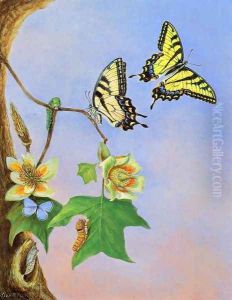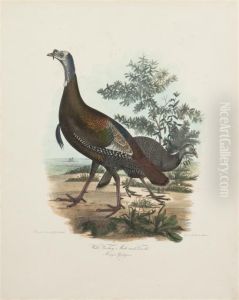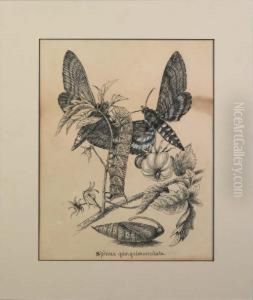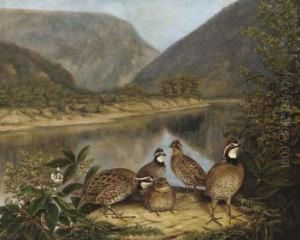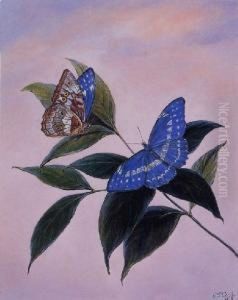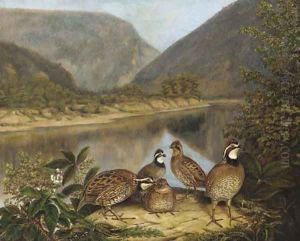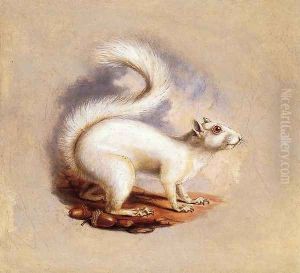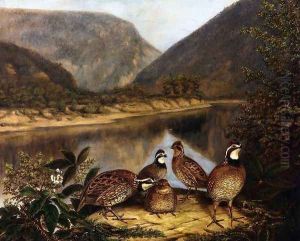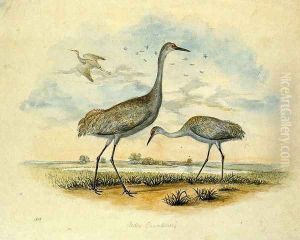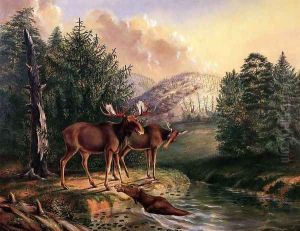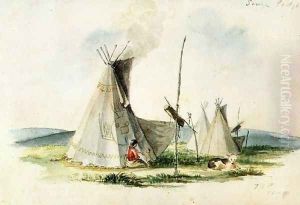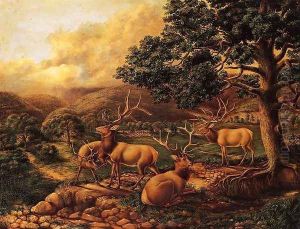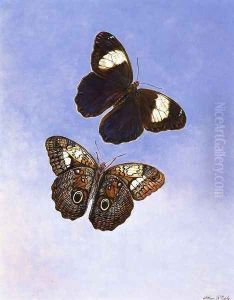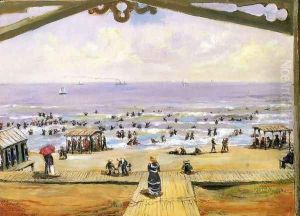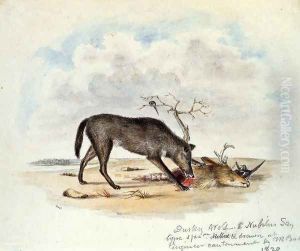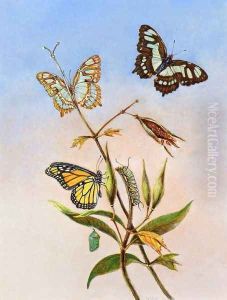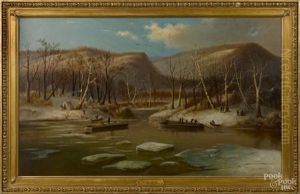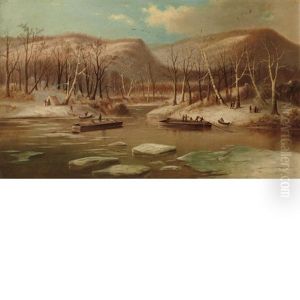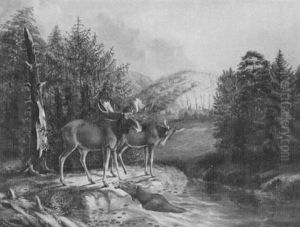Titian Ramsay Peale Paintings
Titian Ramsay Peale was an American artist, naturalist, entomologist, and photographer, born in Philadelphia, Pennsylvania, on November 17, 1799. He was the sixteenth child of noted American painter and naturalist, Charles Willson Peale. Growing up in a family deeply engaged with natural history and the arts, Titian Peale developed a keen interest in both fields from an early age.
His early career was marked by his participation in several scientific expeditions, including the 1817 expedition to Florida, which he joined as an artist and naturalist. In 1818, he published his first work, 'A Journal of a Visit Made to the Illinois Territory', which was a mixture of natural history observations and sketches.
Throughout the 1820s and 1830s, Peale continued to take part in various scientific explorations. One of his most significant contributions was to the United States Exploring Expedition, also known as the Wilkes Expedition, from 1838 to 1842, where he served as the assistant naturalist. His work during this expedition resulted in an impressive collection of illustrations and specimens that contributed to the understanding of numerous species.
In addition to his work as a naturalist, Peale was also a talented artist. He is known for his detailed and lifelike illustrations of animals and plants, which were used in scientific publications. His artistic skills were largely self-taught and influenced by the artistic environment provided by his family, especially his father.
Peale also made contributions to early photography. He experimented with daguerreotype processes and was among the first to attempt color photography. He used his photography skills to document his scientific work, creating a valuable record of the species he studied.
Titian Ramsay Peale's dedication to both art and science made him a versatile figure in the 19th century American intellectual landscape. His legacy includes numerous scientific publications and a vast collection of illustrations that continue to be appreciated for their historical and scientific value. Peale passed away on March 13, 1885, in Philadelphia, leaving behind a rich body of work that reflects his passion for the natural world and his skill as an artist.
